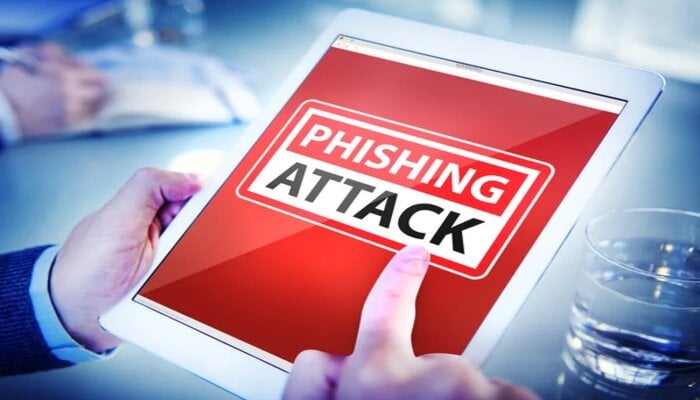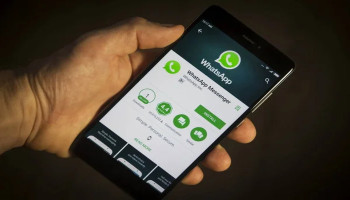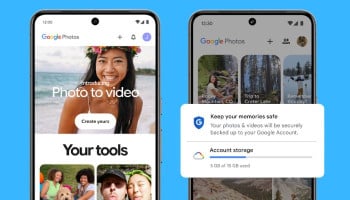
In today’s world, hacking has become very common. Sometimes, it can be extremely difficult to distinguish between a scam email, and links and a legitimate one because hackers now use sophisticated tactics to deceive people.
Usually, people avoid such emails and phishing links but even if you have clicked on such a link, there is no need to get worried as there are ways you can still stop a malicious actor from gathering your sensitive information such as passwords, and bank account details.
Our step-by-step guide shows how you can protect your device even after clicking a phishing link.
Read more: Here’s how to protect your startup from email scams
How to protect your device from phishing
Do not interact or provide information
Never interact with phishing links that have signs such as
- An IP address is written in the address bar
- Long URLs which don't fit in the address bar
- The URL instantly takes you to a request for payment
- Or the website offers free products that require you to pay a small shipping fee
Exiting the website immediately is often enough to protect your device from malicious activities, but sometimes, even if you immediately exit the website after clicking a phishing link, follow these steps to protect your device.
Disconnect your device from internet
If you have accidentally clicked on a phishing link, immediately disconnect your device from the internet to stop malware from spreading between devices on your network. It will also prevent malicious actors from accessing your data.
Backup your files
Before you factory reset your device, back up all your important files. Since you cannot back up your data to the cloud after turning off Wi-Fi connections back up your files to a storage device such as an external hard drive. In this way, you will be saved from losing data.
Update your passwords and credentials on a separate device
If there is a phishing attack on your device update all your account passwords such as banking apps, sensitive documents etc. immediately. However, you should update your passwords on a separate device as updating them on the same device is not secure.
Report the link
Once your device is secure again, report the phishing attack. Since phishing attacks come via text messages or emails, there are separate methods for reporting these.
















